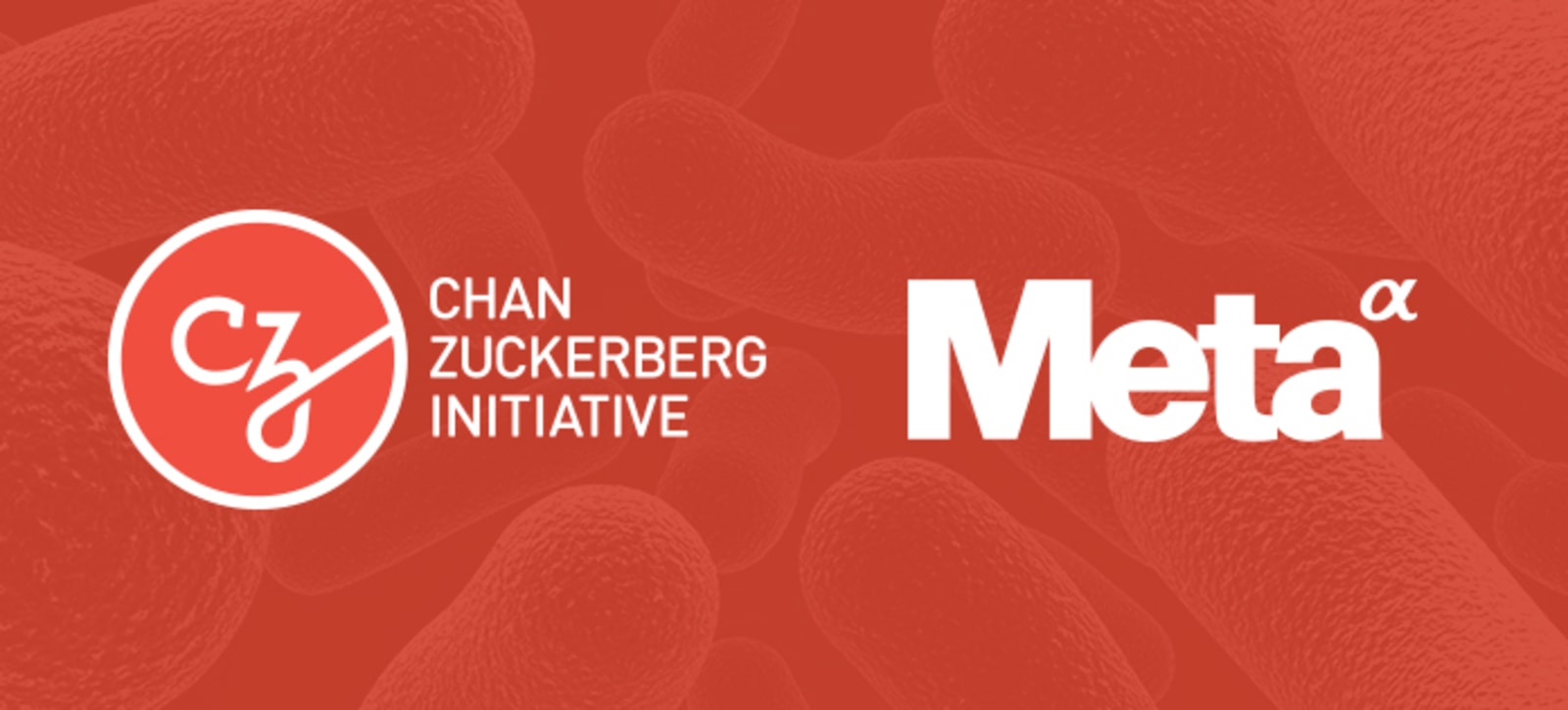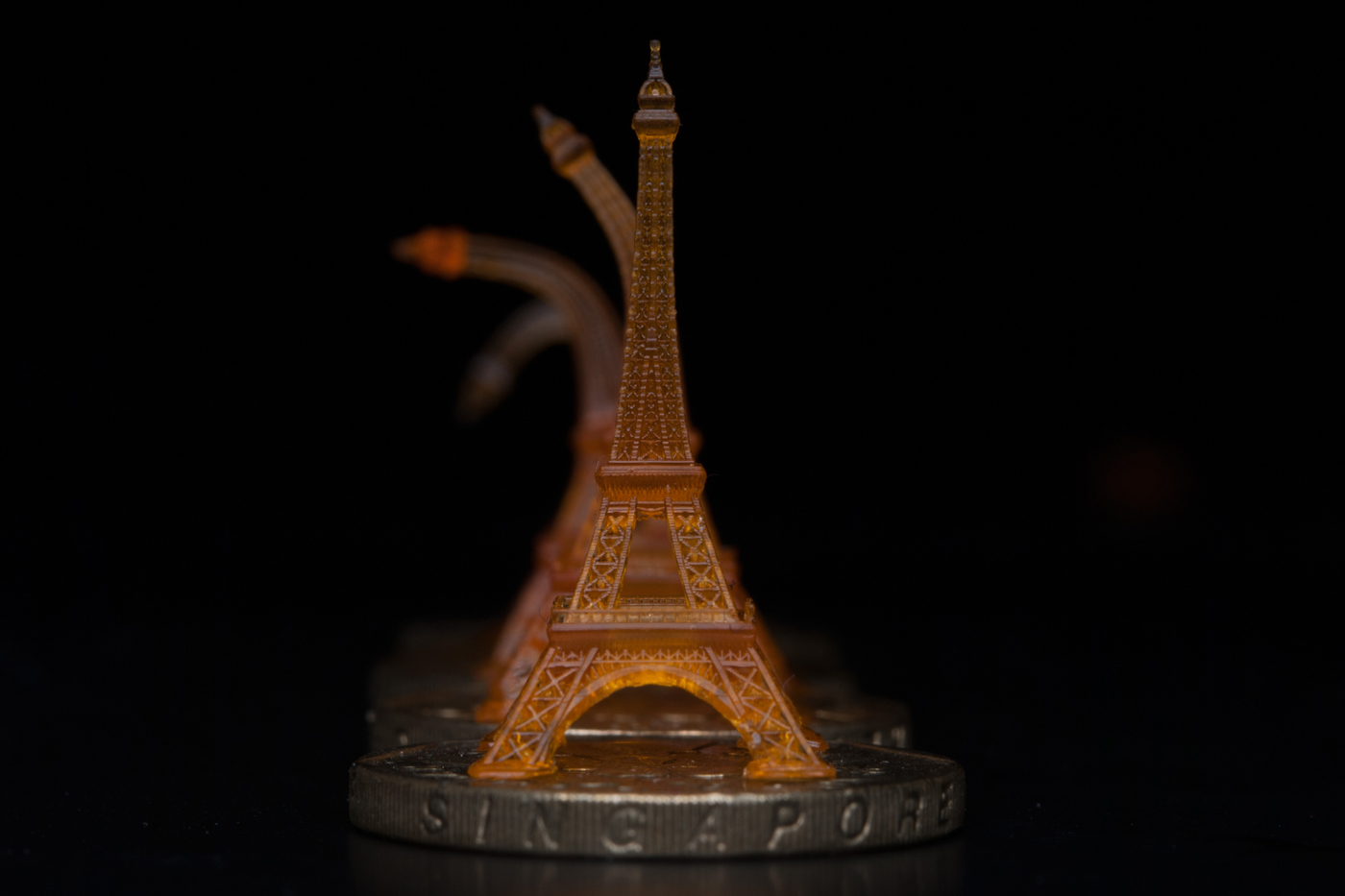
Growing human tissue is old hat, but being able to measure activity inside flesh is harder -- any electrical probing tends to damage the cells. But a new breakthrough from Harvard researchers has produced the first "cyborg" tissue, created by embedding functional, biocompatible nanowires into lab-grown flesh. In a process similar to making microchips, the wires and a surrounding organic mesh are etched onto a substrate, which is then dissolved, leaving a flexible mesh. Groups of those meshes are formed into a 3D shape, then seeded with cell cultures, which grow to fill in the lattice to create the final system. Scientists were able to detect signals from heart and nerve cell electro-flesh made this way, allowing them to measure changes in response to certain drugs. In the near-term, that could allow pharmaceutical researchers to better study drug interaction, and one day such tissue might be implanted in a live person, allowing treatment or diagnosis. So, would that make you a cyborg or just bionic? We'll let others sort that one out.
Filed under: Science, Alt
Harvard scientists grow human cells onto nanowire scaffold to form 'cyborg' skin originally appeared on Engadget on Tue, 28 Aug 2012 20:12:00 EDT. Please see our terms for use of feeds.
Permalink  TG Daily
TG Daily |
 Harvard
Harvard |
Email this |
Comments
 The Navajo Nation banned genetic studies in 2002 due to concerns over how its members' genetic material would be used, but, as Nature News reports, the Navajo are considering a reversal of that policy. An oncology center is set to open next year on N...
The Navajo Nation banned genetic studies in 2002 due to concerns over how its members' genetic material would be used, but, as Nature News reports, the Navajo are considering a reversal of that policy. An oncology center is set to open next year on N...
 The Navajo Nation banned genetic studies in 2002 due to concerns over how its members' genetic material would be used, but, as Nature News reports, the Navajo are considering a reversal of that policy. An oncology center is set to open next year on N...
The Navajo Nation banned genetic studies in 2002 due to concerns over how its members' genetic material would be used, but, as Nature News reports, the Navajo are considering a reversal of that policy. An oncology center is set to open next year on N...
 In September, Facebook CEO and his wife Dr. Priscilla Chan promised to spend a whopping $3 billion of the Chan Zuckerberg Initiative's extensive capital over the next 10 years, as it works towards its lofty goal of curing, preventing or managing all...
In September, Facebook CEO and his wife Dr. Priscilla Chan promised to spend a whopping $3 billion of the Chan Zuckerberg Initiative's extensive capital over the next 10 years, as it works towards its lofty goal of curing, preventing or managing all...
 3D printing has done a lot for medical science. It's helped us create better prosthetics, manufacture artificial vertebrae and even develop smaller internal cameras. Next, it could help us revolutionize medication delivery. MIT researchers are using...
3D printing has done a lot for medical science. It's helped us create better prosthetics, manufacture artificial vertebrae and even develop smaller internal cameras. Next, it could help us revolutionize medication delivery. MIT researchers are using...
 Nokia just re-entered the consumer market by acquiring well-regarded fitness tracker manufacturer Withings, but why now, and why wearables? Nokia President Ramzi Haidamus explains that Nokia has been developing a digital health strategy called WellCa...
Nokia just re-entered the consumer market by acquiring well-regarded fitness tracker manufacturer Withings, but why now, and why wearables? Nokia President Ramzi Haidamus explains that Nokia has been developing a digital health strategy called WellCa...





